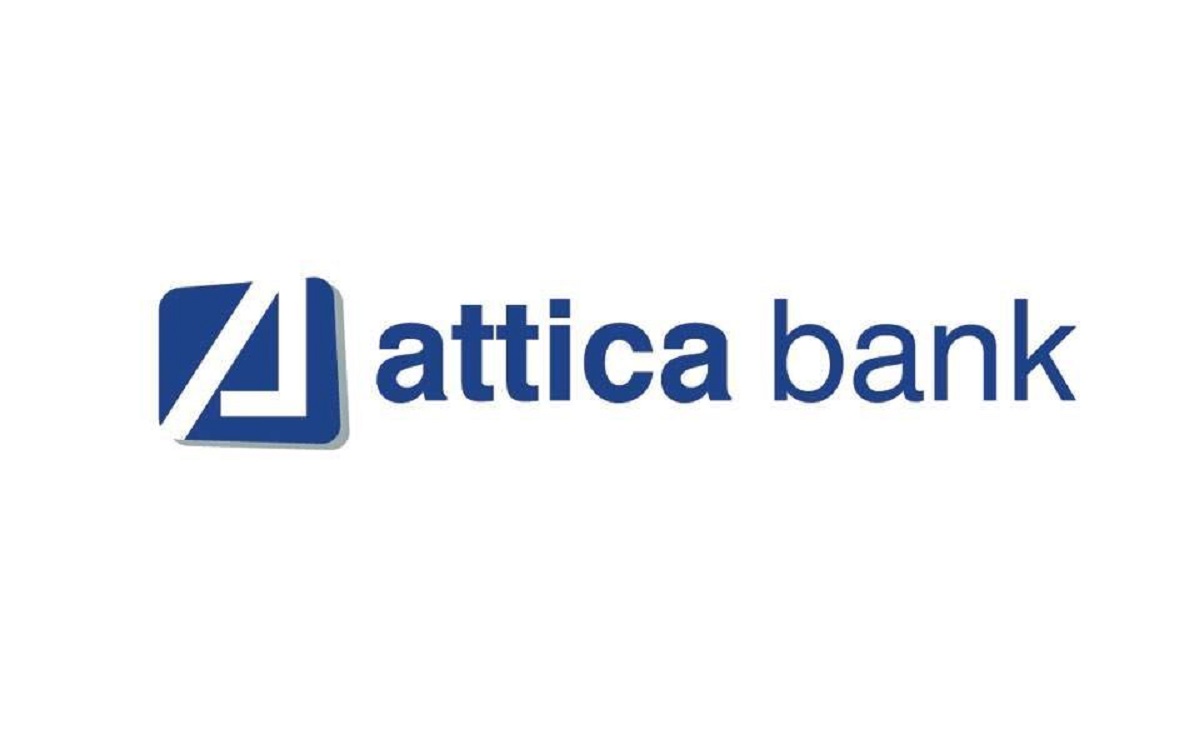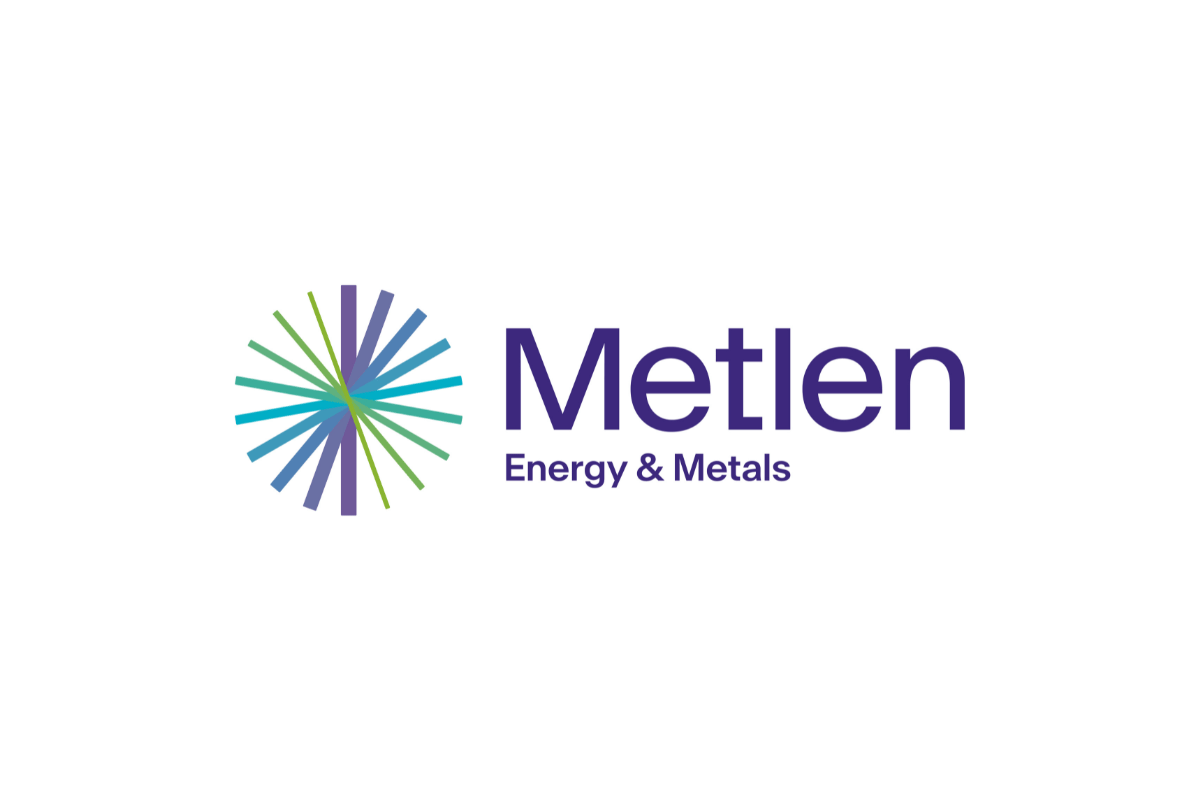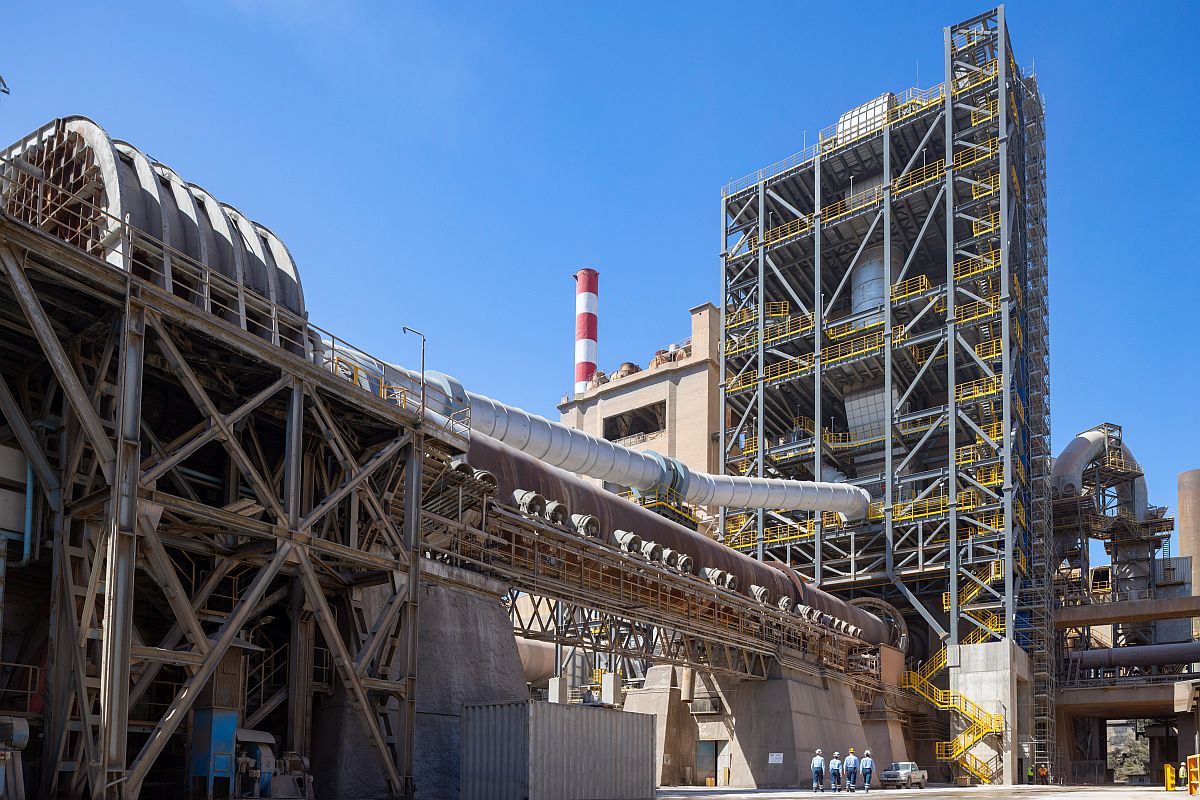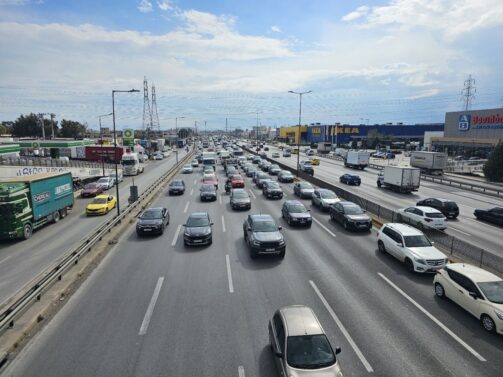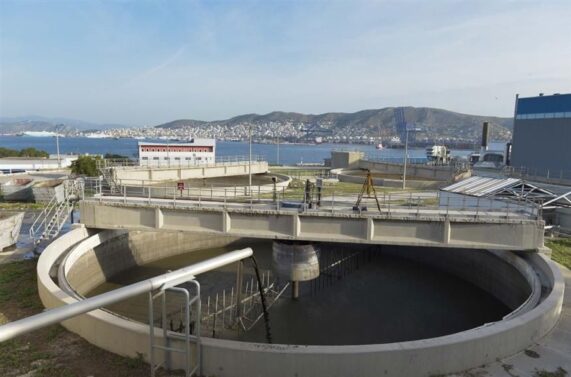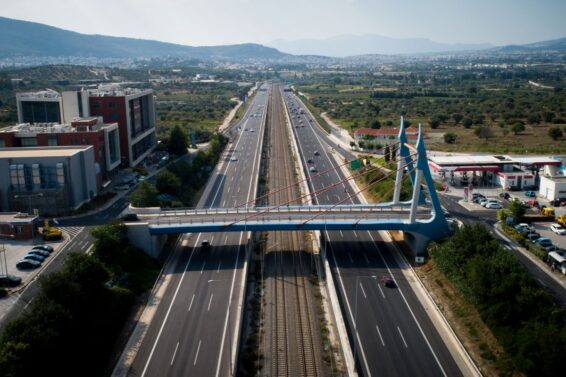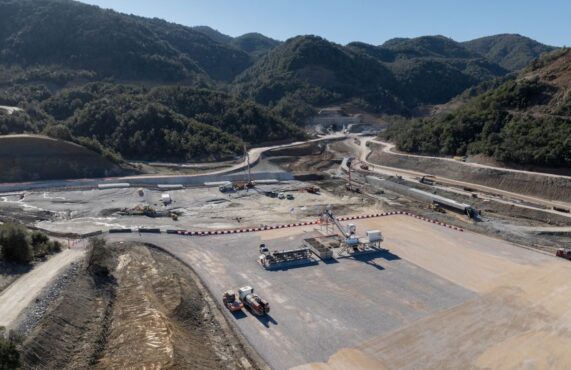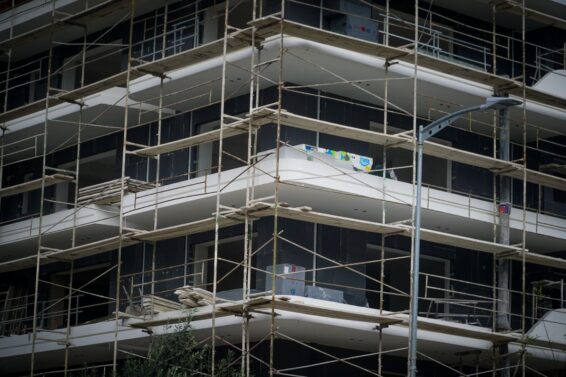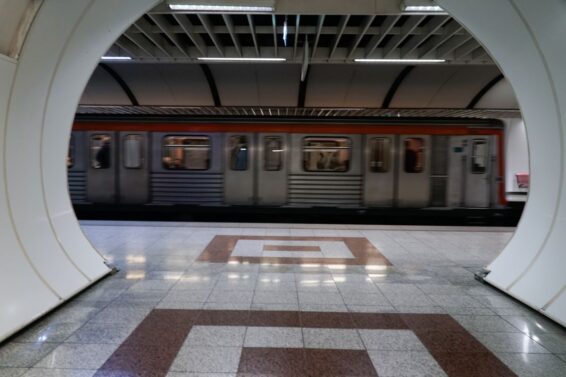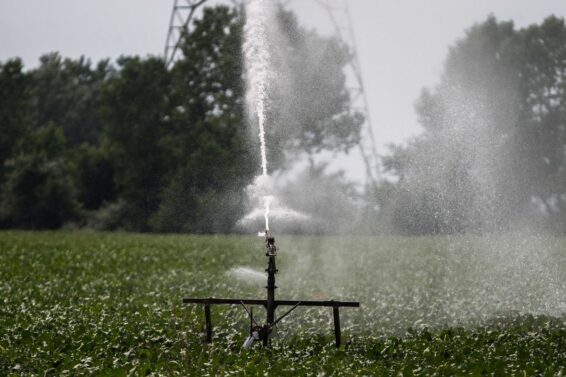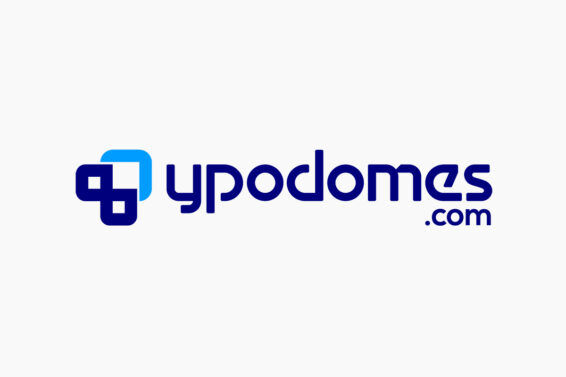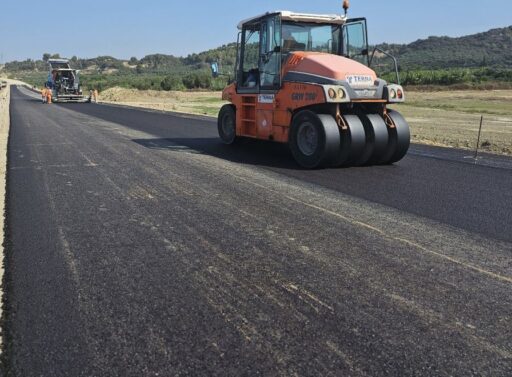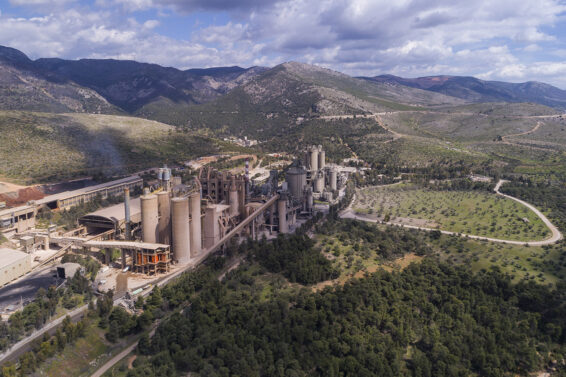Athens transportation system is not at its best shape nowadays, one could say. For yet another summer passengers experienced services of reduced frequencies and mainly heat. The first-generation trains of Metro Lines 2 and 3 are certainly the “weakest links” of Athens Metro System, during the hot Greek summer, as they are not equipped with A/Cs.
Especially regarding Line 1’s trains, the situation is even worse. According to information provided at Ypodomes.com, roughly 40% of the trains do not work due to technical problems and shortage of spare parts. The issues of these trains extend to the requirement of adopting new technologies that will provide them with the necessary safety features that will allow them to to get back into circulation.
Also in Metro Line 1, the availability of trains is particularly limited as the majority of its rolling stock is obsolete and has not been adequately maintained in a long time, making it impossible to be utilized in order to support the traffic of the Line.
Given the dire need for more and more reliable trains and the fact that Line 1 carries the heaviest burden of the daily traffic, regarding fixed rail means of transport in the capital, makes the problem even more intense.
As Lefteris Renieris, President of the “Metro Line 1 Employees Association” (formerly “ISAP”, which was an independent company) told Ypodomes.com: “The issue is real and it is also associated with the increasing lack of staff. Every year employees get retired without being replaced. The last recruitments of new staff took place in 2008, almost 10 years ago”.
“Apart from that, there are trains in operation exceeding 35 years of service. They are safe but they are also susceptible to more frequent damages (mostly related with the doors’ functionality) due to their age. Technical staff is excellent and really competent, but here more radical solutions are needed”, he added.
The newest trains of Line 1, the so-called “11 Series”, are 12 years old as they were received in the period of Athens Olympic Games. As Mr. Renieris underlined, these trains represent 50% of the available fleet, carrying the most part of the daily traffic.
Is refurbishment the desired solution?
According to Mr. Renieris, STASY is already considering an extended refurbishment that would change the current disappointing image. Additionally, as sources from the market told Ypodomes.com, proposals had been submitted in the past by private companies, concerning the trains’ “lifting” but never proceeded.
But why refurbishment would be an attractive solution? Well, as the industry indicates, refurbishment or modernization of the trains, would give them another 15-20 years of service life, at a cost no more than 10%-15% of the budget for purchasing new trains, transforming completely the existing rolling stock (overhauled interiors, new security and information systems, air-conditioning units etc.).
Examples in other Metro systems
Due to the crisis that hit the world in the past decade, the philosophy of transportations started changing. Many major cities in Europe and other continents, with Metro systems opted for the reconstruction of old-generation trains, instead of ordering new ones. Amsterdam, Paris, Mexico are a few examples for this but the most recent case is Madrid’s Metro System that implemented an extended refurbishment of its Line 5 trains.
For this project, the budget was 20mn euros for the reconstruction of 52 trains. Among others, new air-conditioning units and signalling equipment were installed, doors were replaced, cockpits were also refurbished and the trains were converted from 2-carriages to 6-carriages. The result was a sharp increase in the frequency and availability of trains by 44%, thus providing more reliable daily transport to the ever-growing Metro passengers.
Applying the “lifting” in Lines’ 2 and 3 first-generation trains
Using the same method, a partial reconstruction and upgrade of the first-generation trains of Metro Lines 2 and 3, can also be implemented, giving a definite end to the daily ordeal of numerous passengers during summer months. According to Ypodomes’ safe information, a decade ago, a study and competition had been launched concerning the installation of air-conditioning units but never progressed to see its realization.
The introduction of modern technologies has rendered possible to install not air conditions but telematics for passengers’ information system that could make Metro System’s earliest trains to converge technologically with next generations’ trains and of course provide much more comfortable and better-quality journeys to passengers.
Nikos Karagiannis-ypodomes.com
Follow Nikos Karagiannis on Twitter
ΜΗΝ ΞΕΧΑΣΕΤΕ
- Ακολουθήστε το ypodomes.com στο Google News και μάθετε πρώτοι όλες τις ειδήσεις για τις υποδομές στην Ελλάδα
- Αν είστε επαγγελματίας του κλάδου, ακολουθήστε μας στο LinkedIn
- Εγγραφείτε στο Ypodomes Web TV

